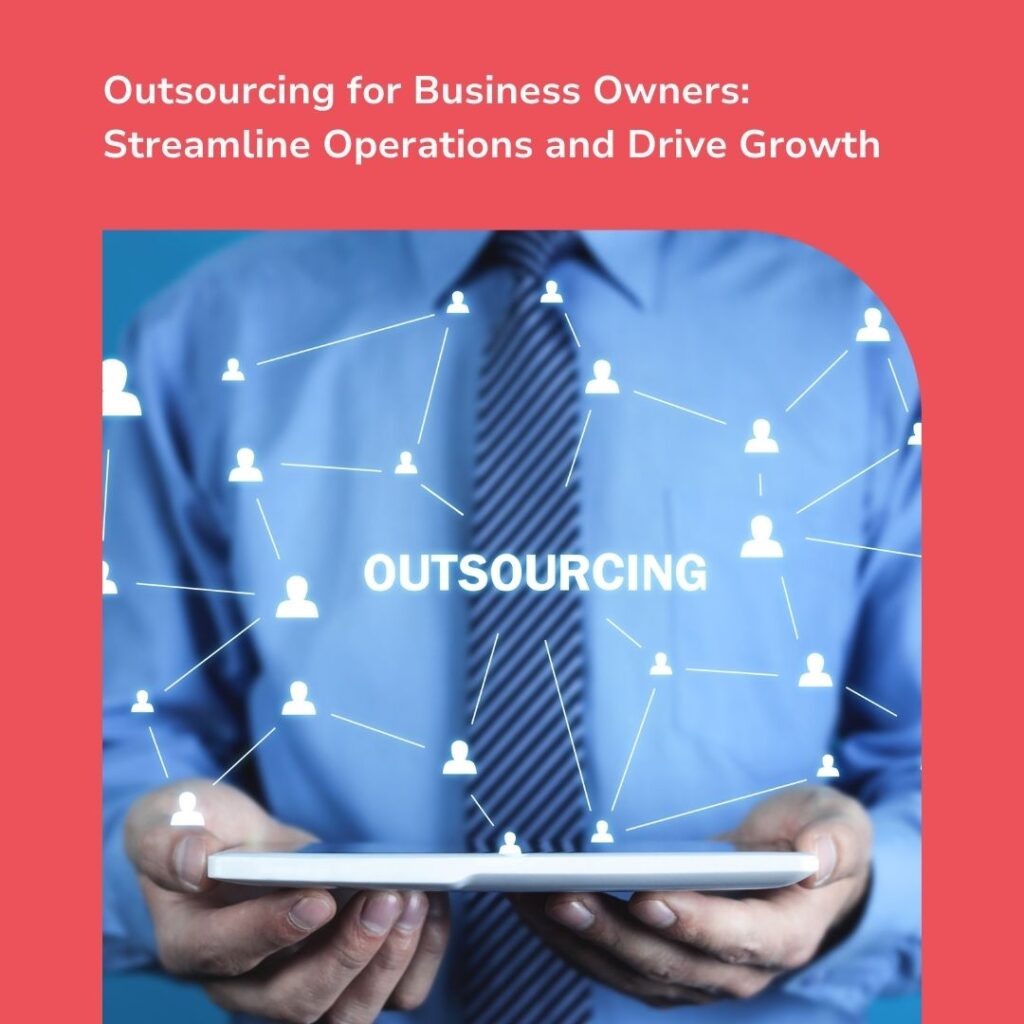Tags – How To Plan an Effective Content Marketing Strategy
When we see big new brands appear, it’s not because they winged it – rather, they had a well thought out plan in place to guide better decision making.
With this in mind, an effective content marketing strategy boils down to understanding what type of content your target audience wants and inspires them to take actions that will benefit your business.
But, to create an effective strategy requires a few easy steps before you can start creating content and putting it out there.
Here’s how to plan an effective content marketing strategy in 5 easy steps.
1. Define Goals and Set a Mission
A good place to start when developing your strategy is to set out a content marketing mission statement.
Don’t worry, it doesn’t have to be complicated, just keep it brief so it makes it easier to focus on what’s important and ensures your strategy stays on track.
In essence, your mission statement should outline who your target audience is, the content you’ll use to reach them and the benefit they’ll get.
Whilst the mission covers what your audience gets, you also need to think about what your business will get, which is where business goals come into play.
Typically, most businesses will have goals such as;
- Increasing Revenue
- Increasing Website Traffic
- Gain Influence and Authority within Industry
- Reduce Marketing Costs
- Improve Social Media Engagement
Of course there are many more, but once your business goals have been defined, move on to step 2.
2. Indicate KPIs
Now that you have defined your goals, you’ll want to make them measurable; meaning you want to set key performance indicators (KPIs) for your content marketing strategy.
Doing so, you’ll be able to identify when goals have been achieved and check off milestones.
As such, KPIs need to be specific, including what you plan to accomplish in regards to revenue, sales, traffic, SEO etc – metrics you can attach numbers to.
For example, your KPIs could be;
- Hitting a particular revenue target; every month, quarter or year
- Getting more subscribers; sign you’re getting better quality leads
- Increased website traffic and engagement
- Improved search ranking
- Having a certain number of like, comments and shares on social media
Moreover, KPI’s will allow you to determine whether your marketing costs are paying off or if the budget needs adjusting.
3. Identify Audience
As aforementioned, understanding your target audience is key for a successful content marketing strategy – identifying your audience means you can create the exact content they want.
Firstly, you’ll want to collect demographics on your website visitors, email subscribers and social media followers; information on age, gender, location etc.
Usually, this information is available directly on social media platforms (insights) or Google Analytics.
Secondly, be proactive in getting customer feedback as you’ll be able to learn even more about your audience; ask them how your content makes them feel, what their needs are and how you can address their problems.
Lastly, create buyer personas once you’ve gathered all your data, which includes information on their pain points, challenges and behavioural motivators.
4. Decide on Types of Content
Now you have all the information you need on who you’ll be showing your content to, next is deciding on the types of content you want to produce.
Typically, content marketing strategies will rely on one central core content, published on your own site, which can then be repurposed for other platforms.
In other words, blog posts are essential to your strategy and they deliver strong results; blogs should add value and be shareable.
At the same time, you should research what successful content is already out there and use this as inspiration, i.e. video and visuals as a way to keep visitors on your site for longer and improve engagement.
5. Create a Content Calendar
Last but not least, you’ll want to create a content calendar so you know exactly when to post your content and on which platforms.
Consequently, lack of planning leads to failed content marketing strategies, so it’s important to use a calendar and have content scheduled.
And, it doesn’t have to be complex!
Simply start by using a tool like Google Calendar, and once you start producing a lot more, you can find a tool that has added features.
On a related subject, if you want to convert more leads into paying clients, please check our video below:
Wrapping Up
So there we have it, an effective content marketing strategy in 5 easy steps!
Hopefully, this should make it clearer on where to begin when thinking about creating content for your business and you should see positive results from your marketing efforts.
Please do not hesitate to get in touch and find out more.
You may also like:
- Content Marketing – The Intricacies Beyond Blogging
- Marketing Management – 8 Tools To Help Run Your Campaigns Smoothly
- An Alternative to Sending Irrelevant Marketing Content & Killing Prospects
- The Unspoken Negatives of Social Media for Business
- 5 Digital Marketing Strategies on a Low Budget – Making Business Fun
- Authenticity in Business – The Knockout Effect of Digital Content









